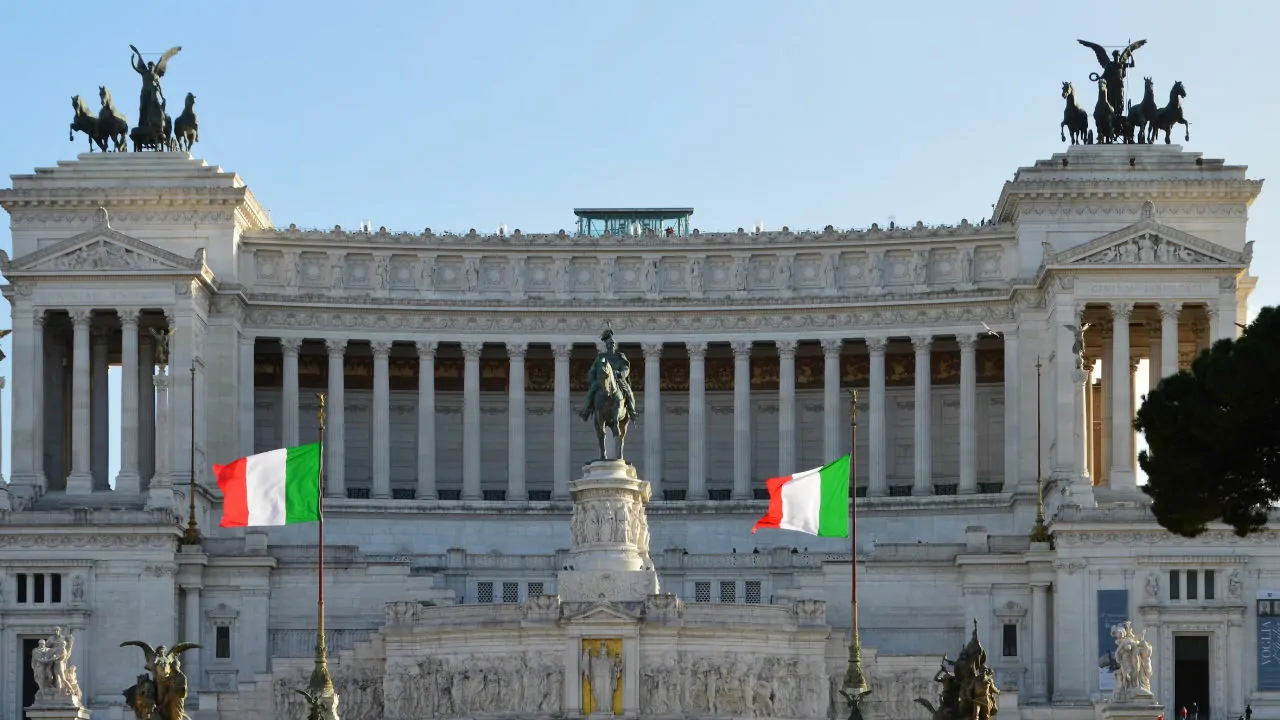One of the most intriguing facts about European politics is that Italy has had more than 65 cabinets since 1945. This high turnover rate of cabinets, essentially the executive branch made up of the prime minister and ministers is due to Italy’s unique political structure and history of coalition governments.
After the fall of Mussolini in World War II, Italy became a parliamentary republic in 1946. Unlike systems where one or two dominant parties control the government, Italy’s political landscape features multiple parties with no single one often able to form a majority. As a result, coalition governments are the norm. These coalitions are often unstable and prone to collapse over policy disagreements or shifting alliances, which leads to the formation of new cabinets, even if the same party or prime minister remains in power.
The fact that Italy has had more than 65 cabinets since 1945 reflects not political chaos, but rather a flexible and adaptive form of democracy. Some cabinets have lasted only a few months, while others have governed for years. Leaders like Giulio Andreotti and Silvio Berlusconi have led multiple cabinets across different terms, often navigating through complex political negotiations.
Despite this high rate of cabinet changes, Italy remains one of the world’s largest economies and a key player in the European Union. Its political system might seem unstable on the surface, but it has proven resilient over the decades.
